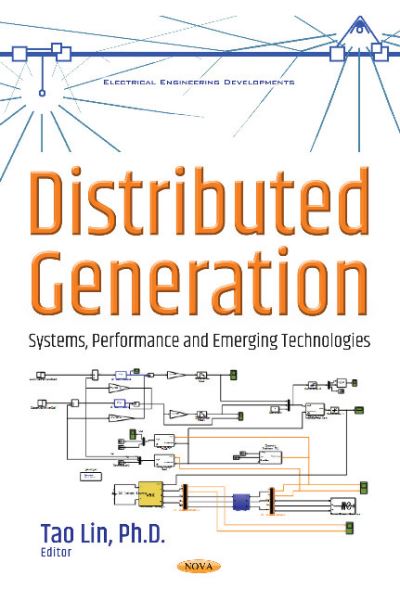
This book systematically discusses (a) Distributed Generation (DG), which operates in a single, stand-alone controllable system mode, and (b) the Microgrid (MG) powered by DG, along with the technical concepts, the impact on power systems, control and optimisation techniques, and their applications. It includes ten chapters that focus on the following five aspects: 1) An overview of distributed generation is introduced in Chapter One, and the technical concept of the microgrid is introduced in Chapter Eight with detail; 2) As the main element of distributed generation (DG), a smart inverter system for the control of active and reactive power in a grid-tied mode, which is treated as an interface between grid and the RES (Renewable Energy System), is studied concretely in Chapter Two; 3) The influence of distributed generation on power systems, including the impact of DG on the planning and operation of power systems, the impact of DG on power quality, and power system protection are concretely described and analysed in Chapters Three, Four and Five, respectively; ) The control and optimisation technologies for DG and MG. These techniques include: the Economic Model Predictive Control (EMPC) strategy for the solution of pricing management in community-based microgrids (MGs), which consider economic benefits as the control and optimisation objects; the distributed control and optimisation techniques for islanded microgrids (MGs) that consider stability as the control and optimisation objects; the intelligent load shedding for stability enhancement in an autonomous microgrid; and the recovery (restoration) control after a contingency situation. These are all investigated in Chapters Six, Seven, Eight and Nine, respectively; 5) The applications of renewable energy technology, such as efficient artisanal light fishing technologies that exploit lake light physics and light-fish interactions, are specifically presented in Chapter Ten.
| ISBN: | 9781536110746 |
| Publication date: | 1st May 2017 |
| Author: | Tao Lin |
| Publisher: | Nova Science Publishers an imprint of Nova Science Publishers, Inc |
| Format: | Hardback |
| Pagination: | 260 pages |
| Series: | Electrical Engineering Developments |
| Genres: |
Electrical engineering |